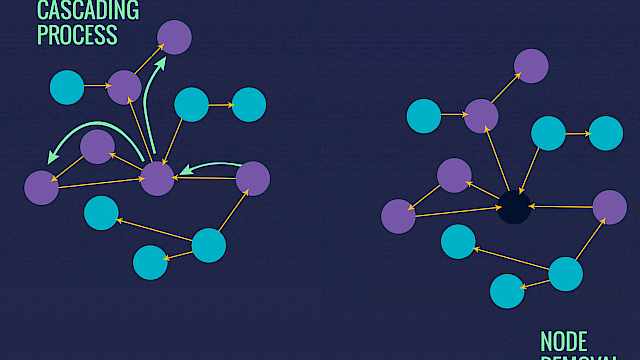People make hundreds of decisions all the time, ranging from everyday decisions with small, short-term consequences (e.g. what to have for breakfast) to complex choices with large, long-lasting implications (e.g. which suspect to arrest for a crime). The social sciences have long tried to help people make smarter and faster decisions. Recently these efforts have focused on improving decision making amongst emergency professionals.
Psychologists define decision making as the process of choosing an action to achieve a goal in an uncertain environment. When faced with a choice, individuals will gather information to develop their understanding of the situation, generate, evaluate and compare potential options, and commit to a decision by executing behaviour.
In predictable task environments, it is possible to engage in rational processing to optimise outcomes. Yet, decision making in the real-world is bound by cognitive and environmental constraints that make objective estimates difficult.
A police officer responding to a major incident will have to juggle uncertainty about missing or conflicting information, manage high levels of risk, and cope with time pressure.
It is the role of social science to explain how individuals make decisions in high-stakes and high-risk environments in order to develop and test novel interventions that might make the task easier, and the actions better.
What we have learnt about emergency decision making so far
Previous research has shown that decision making during emergency responses involves four phases:
- Situation-assessment (SA) – What is going on?
- Plan formulation (PF) – What are my possible options?
- Plan execution (PE) – How can I implement my plan?
- Teamwork (T) – Who do I need to support my plan?
This ‘SAFE-T model’ provides a framework to support decision making, but the inherent ambiguity associated with emergencies can derail this process, causing decision inertia.
Uncertainty during emergencies can be endogenous and specific to the emergency itself (e.g. time pressure, lack of information) or exogenous and related to issues with the operating system (e.g. technology) and team (e.g. poor trust).
Research in this area has taken a largely exploratory approach to identify how responders cope with uncertainty, using a mixture of interviews and live/simulated training exercises.
One study I was involved in coded the verbal communications used by police officers taking part in a live hostage negotiation training exercise.
We found that police coped with uncertainty by adopting different uncertainty management strategies depending upon the SAFE-T phase (e.g. using reduction strategies, i.e. information search) to cope with uncertainty during Situation Assessment, or weighing pros and cons to deal with uncertainty during Plan Formulation.
Our findings suggested that it would be useful to train responders on which uncertainty management strategies to use during different decision phases.
It would be useful to train responders on which uncertainty management strategies to use during different decision phases.
In other research, we used a computer simulation of a plane crash over a major city and found that inter-agency communications decreased in frequency when tasks were characterised by a lack of time pressure and poor strategic direction. These findings suggested that a clearer identification of goals and task deadlines could facilitate greater interoperability.
Although this research has provided important first steps to understand decision processing in real-world environments, there has been limited success in the testing and practical implementation of interventions to improve decision making. A possible reason for this implementation gap is due to the tendency for research to be exploratory.
Research in this context has predominantly featured non-invasive observations of responders during training exercises, yet research must move beyond this stage to develop theoretical hypotheses around how behaviour might be influenced at the site of an incident.
A recent example of how research has been successfully translated into practice comes from the UK Fire and Rescue Service. Sabrina Cohen-Hatton and Rob Honey found that firefighters tended to skip the Plan Formulation phase when making decisions at the incident. They recommended using ‘decision controls’ that encourage responders to think about the goal-directed outcome of their behaviour, suspecting that this might encourage more explicit plan formulation, which is important when evaluating actions in post-incident debriefs.
In a second study, they tested their suspicion, finding that decision control training significantly increased plan formulation without delaying action. As a result, the UK Fire Service now use decision controls in operational practice. Thus, to have an impact, empirical testing of recommendations from exploratory research must become an essential component of applied work.
The future of social science research in emergency response contexts
The increasing prevalence of security threats across the world has considerably increased our reliance on Emergency Services. Although exploratory research will continue to play an important role in identifying challenges and developing potential solutions to emergency decision making, it is essential that future research goes beyond this stage to test and empirically validate solutions to support their implementation in the real-world. It is the responsibility of both parties to ensure that this relationship continues; bridging the implementation gap between research and practice via empirical validation and testing.
Copyright Information
As part of CREST’s commitment to open access research, this text is available under a Creative Commons BY-NC-SA 4.0 licence. Please refer to our Copyright page for full details.
IMAGE CREDITS: Copyright ©2024 R. Stevens / CREST (CC BY-SA 4.0)






